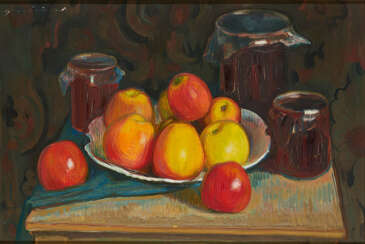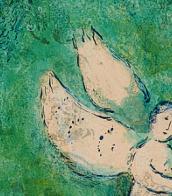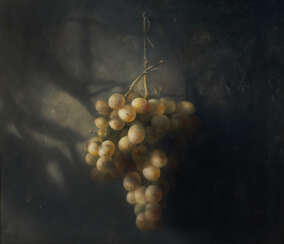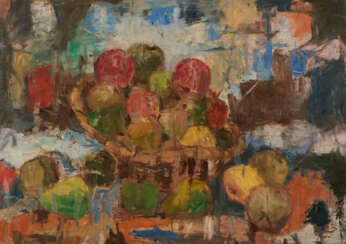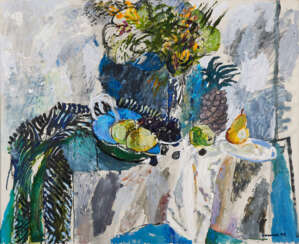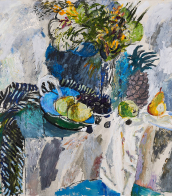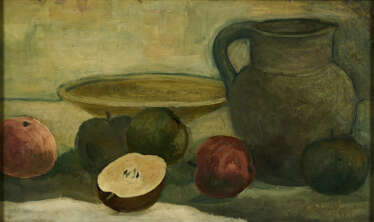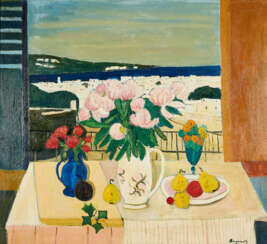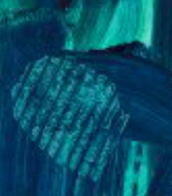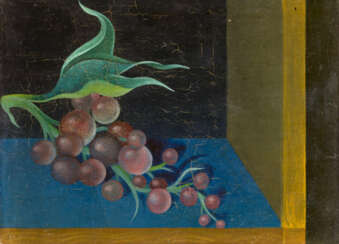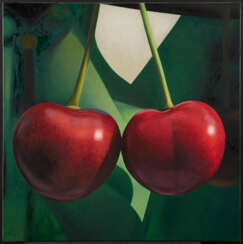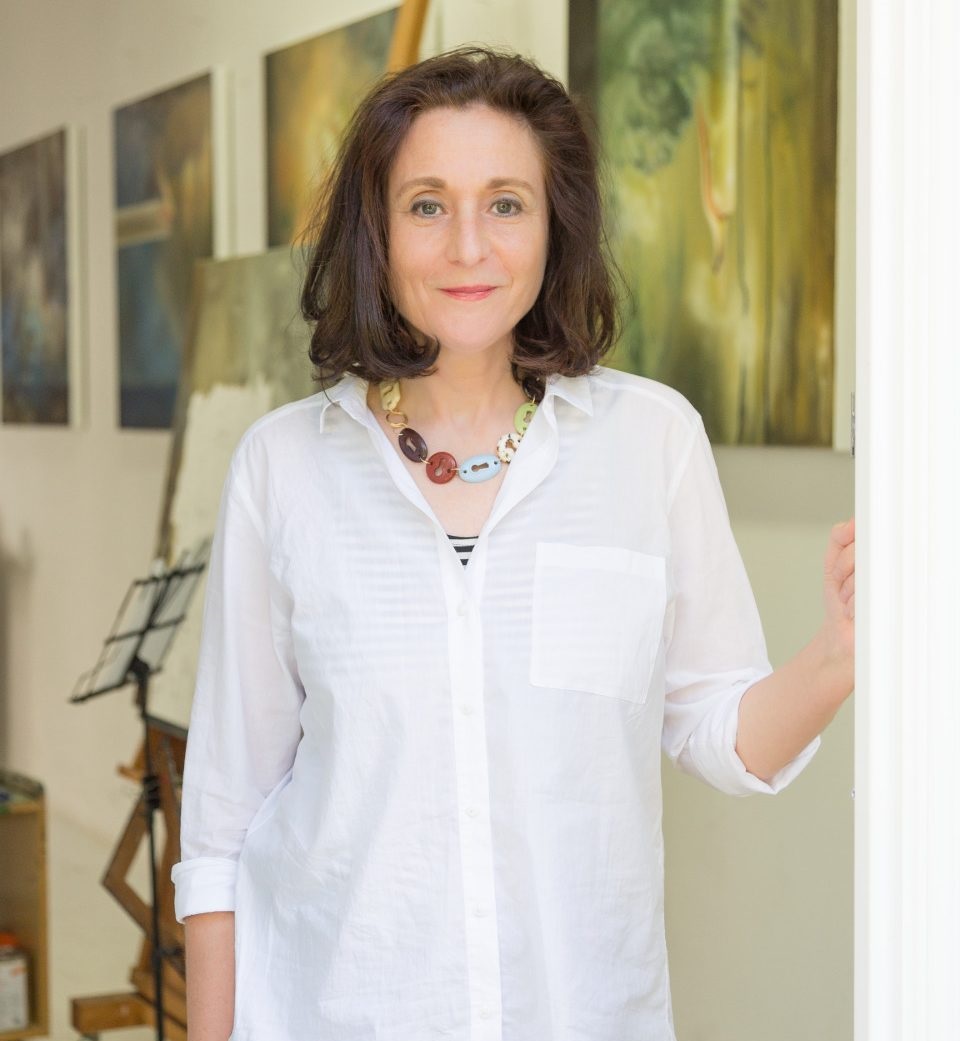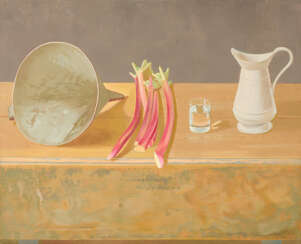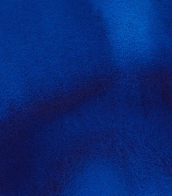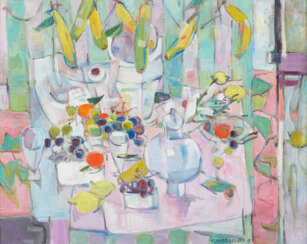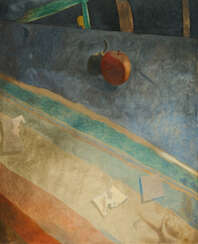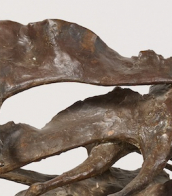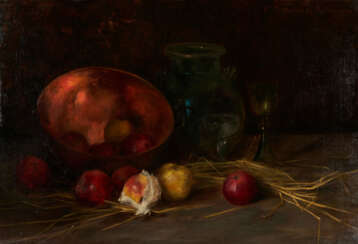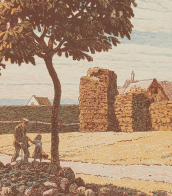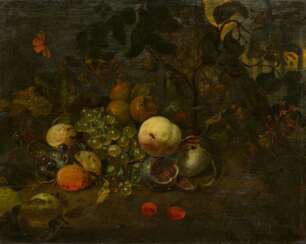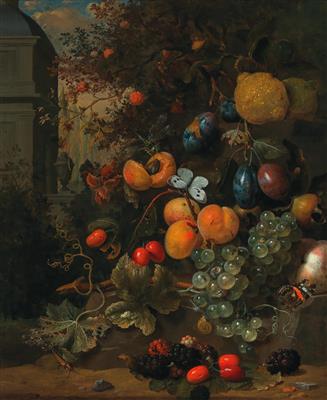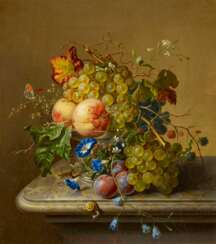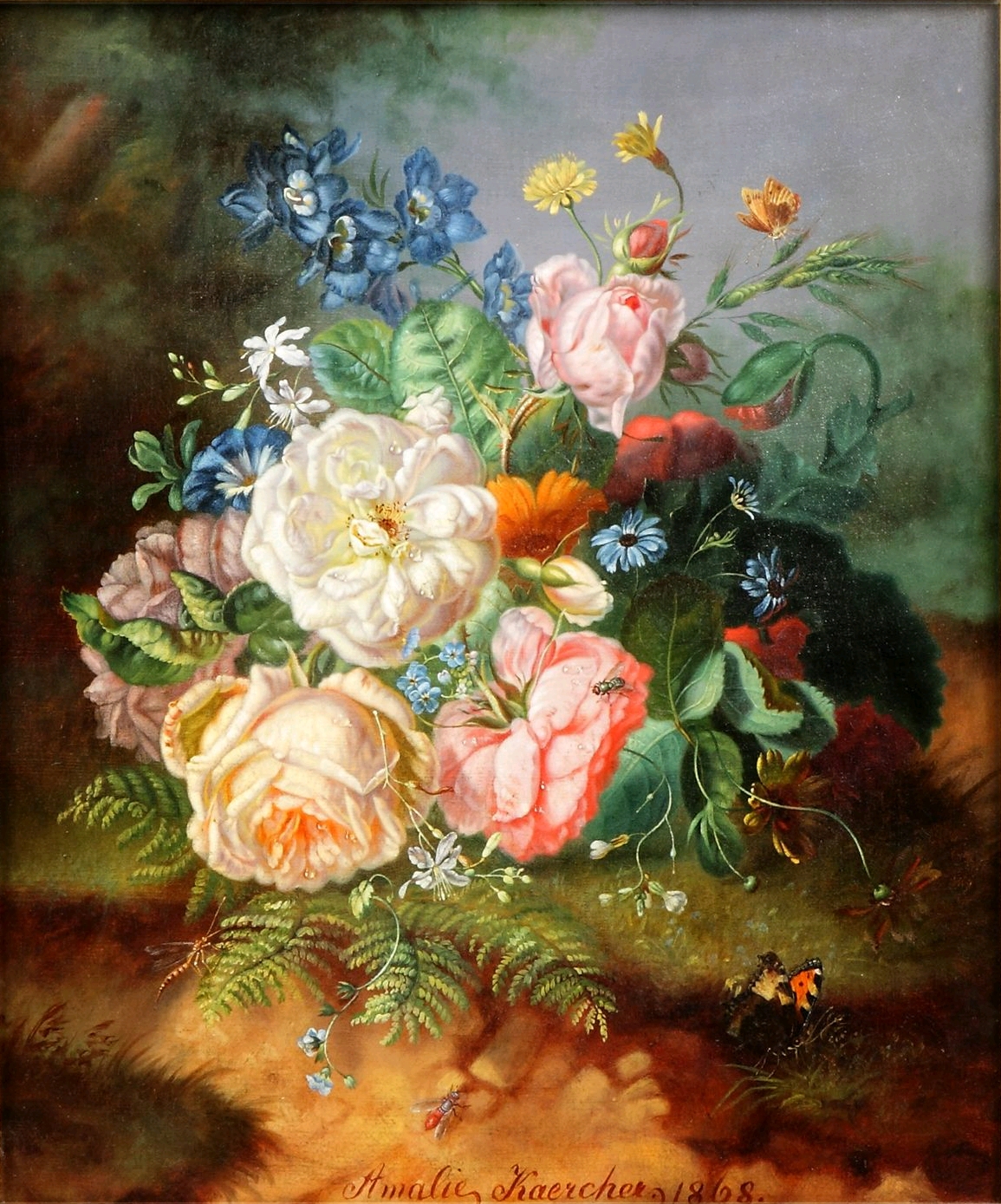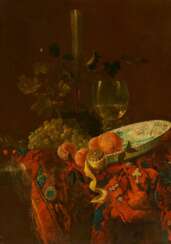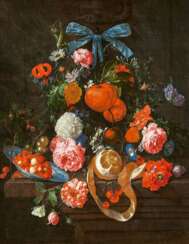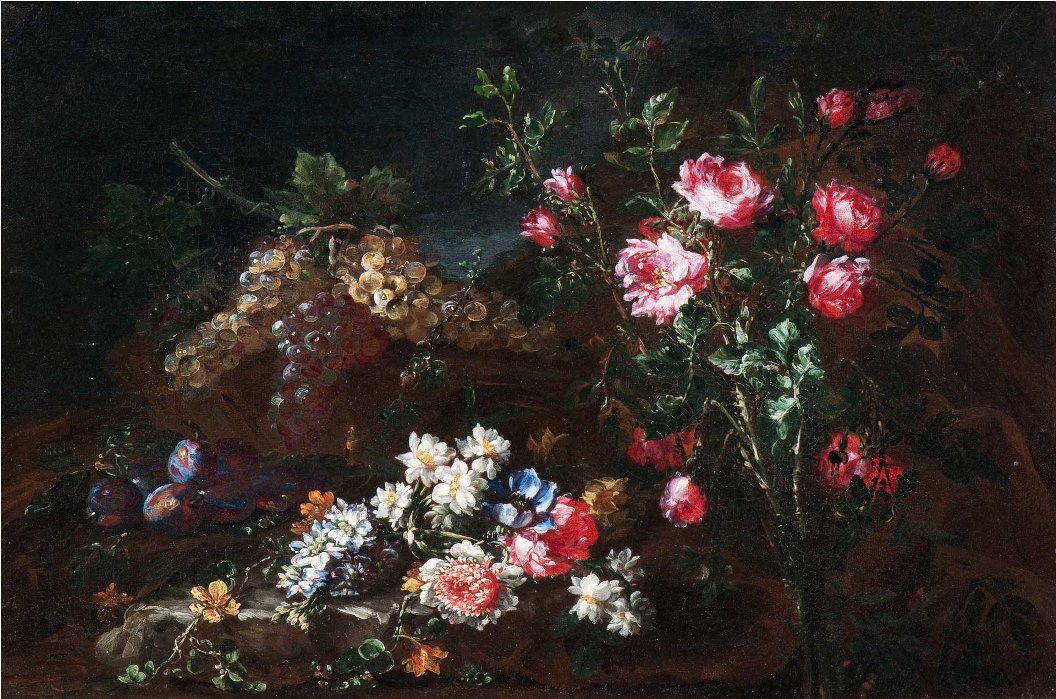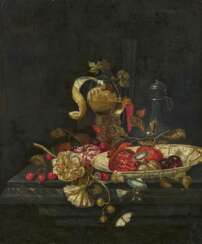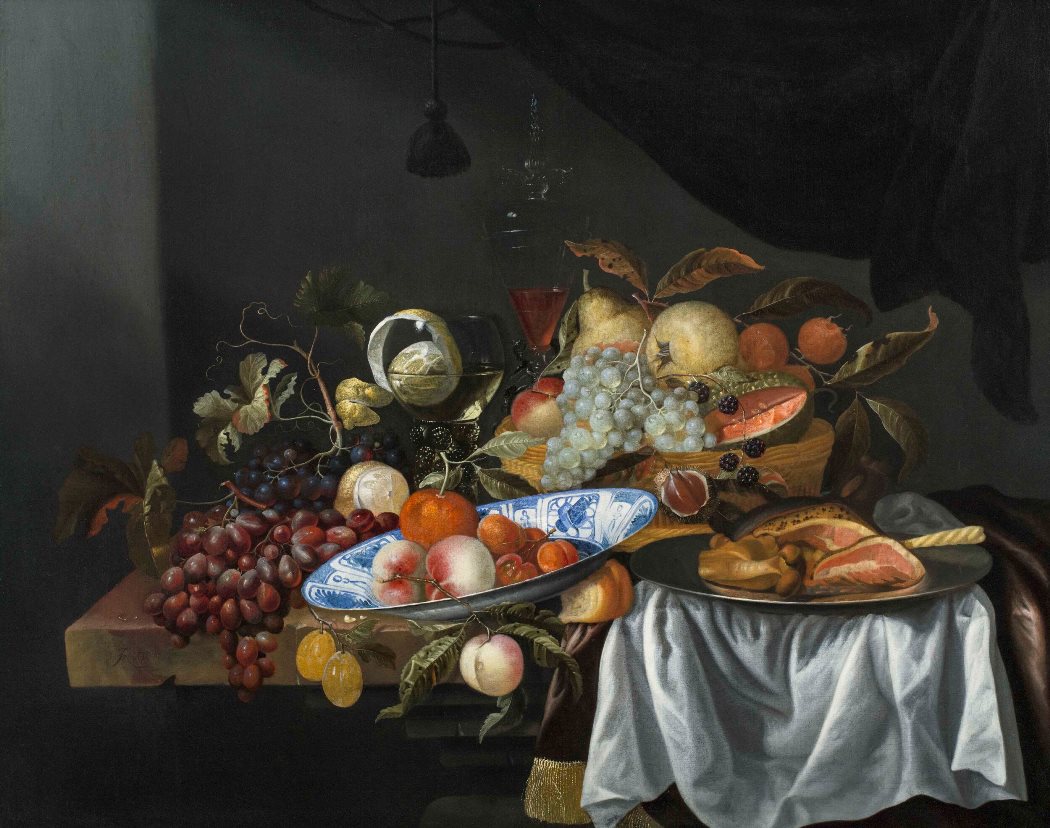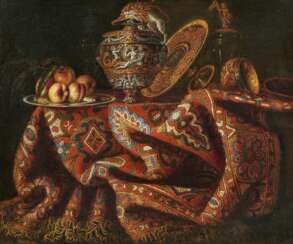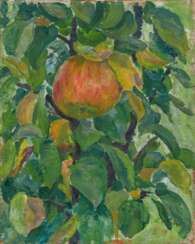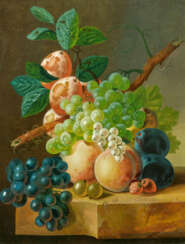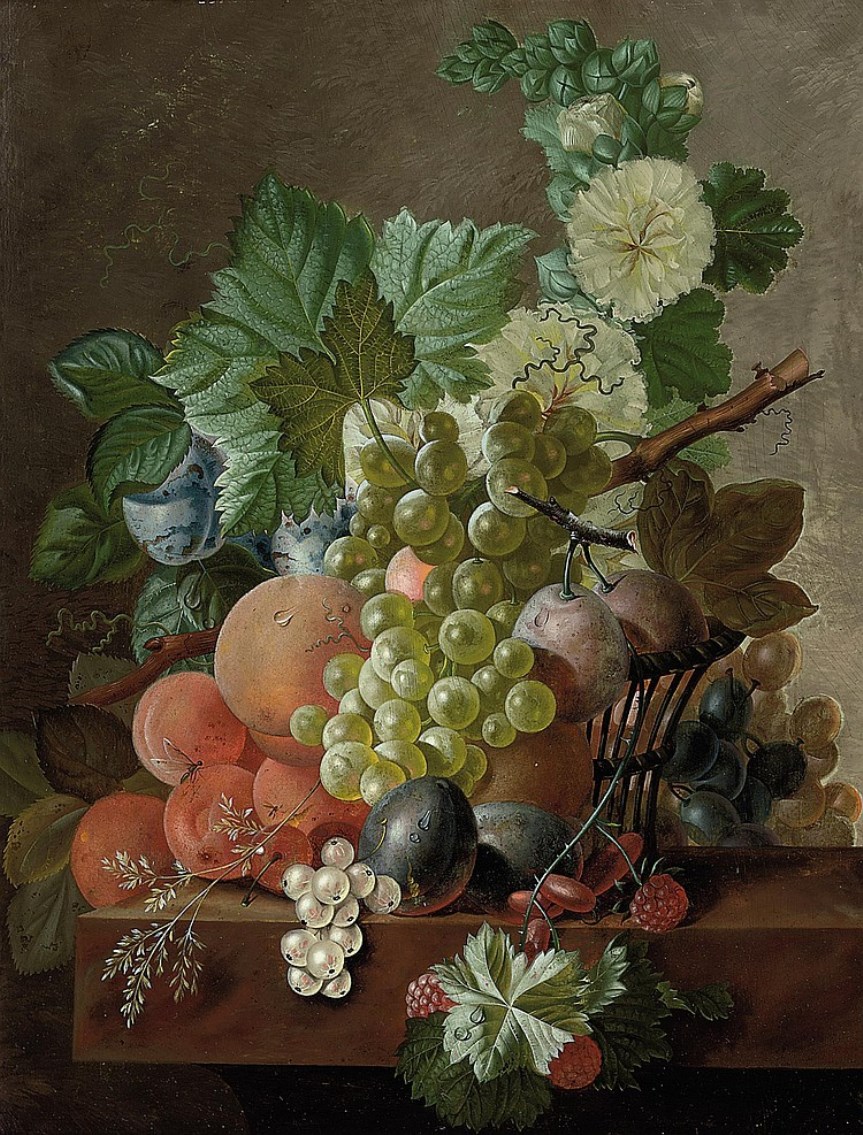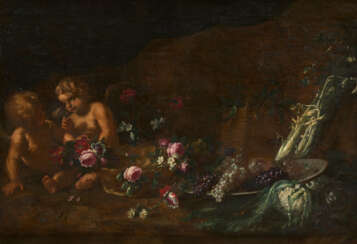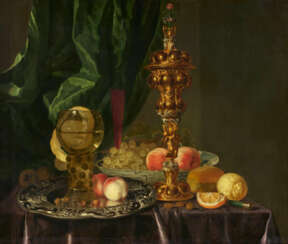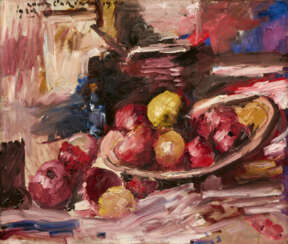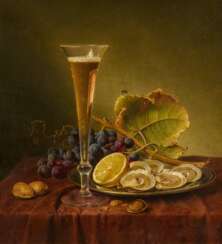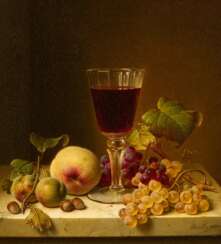фрукты маслом
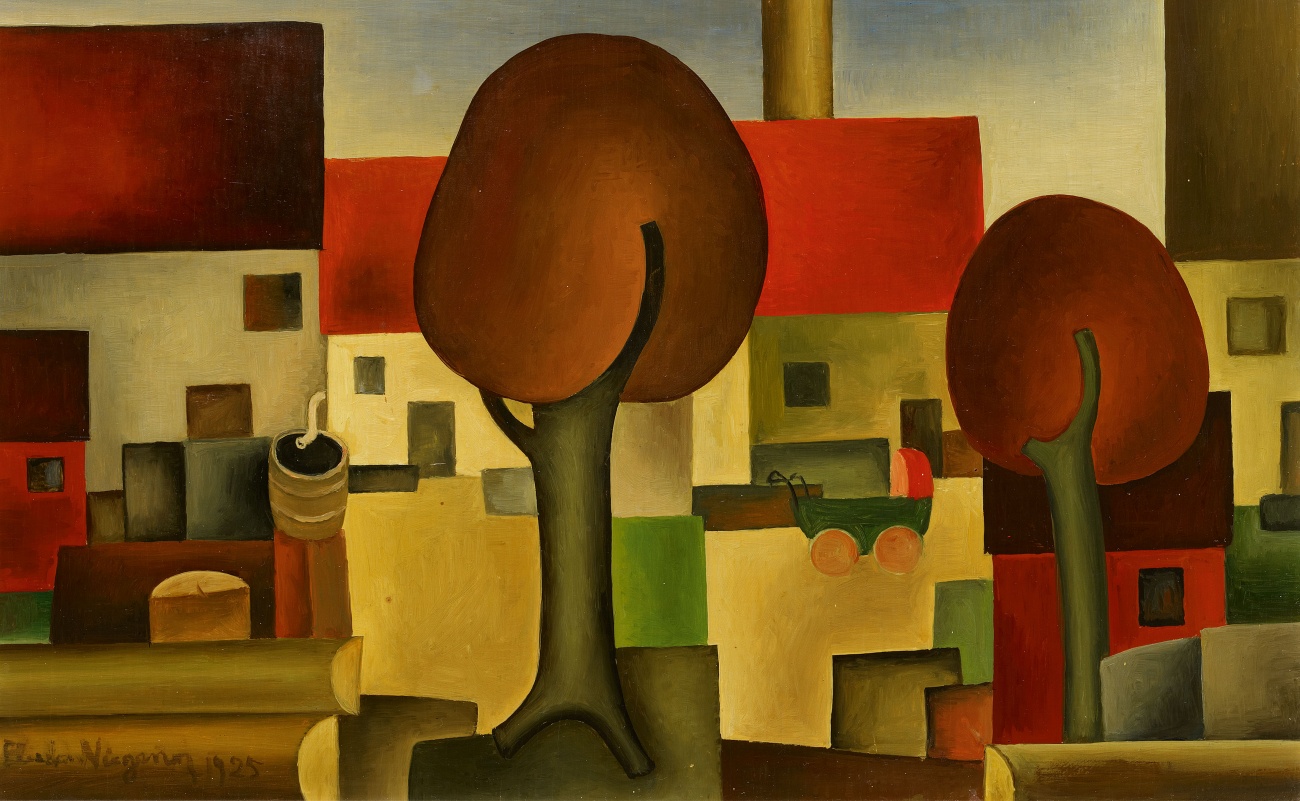
Eberhard Viegener was a German expressionist painter, decorator, and printmaker.
In the 1930s his expressionist works were deemed "degenerate," and during the Nazi "Degenerate Art" campaign a considerable number of them were removed from state collections and destroyed.
Later Figener shifted abruptly from the expressionist style to the style of New Objectivity, or Neue Sachlichkeit. He began to paint, in particular, architectural still lifes with ceramic objects.
Eberhard Figener was the brother of the painter and sculptor Fritz Figener.
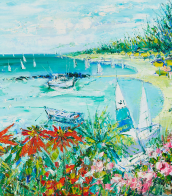

Eberhard Viegener was a German expressionist painter, decorator, and printmaker.
In the 1930s his expressionist works were deemed "degenerate," and during the Nazi "Degenerate Art" campaign a considerable number of them were removed from state collections and destroyed.
Later Figener shifted abruptly from the expressionist style to the style of New Objectivity, or Neue Sachlichkeit. He began to paint, in particular, architectural still lifes with ceramic objects.
Eberhard Figener was the brother of the painter and sculptor Fritz Figener.
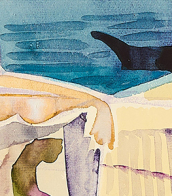
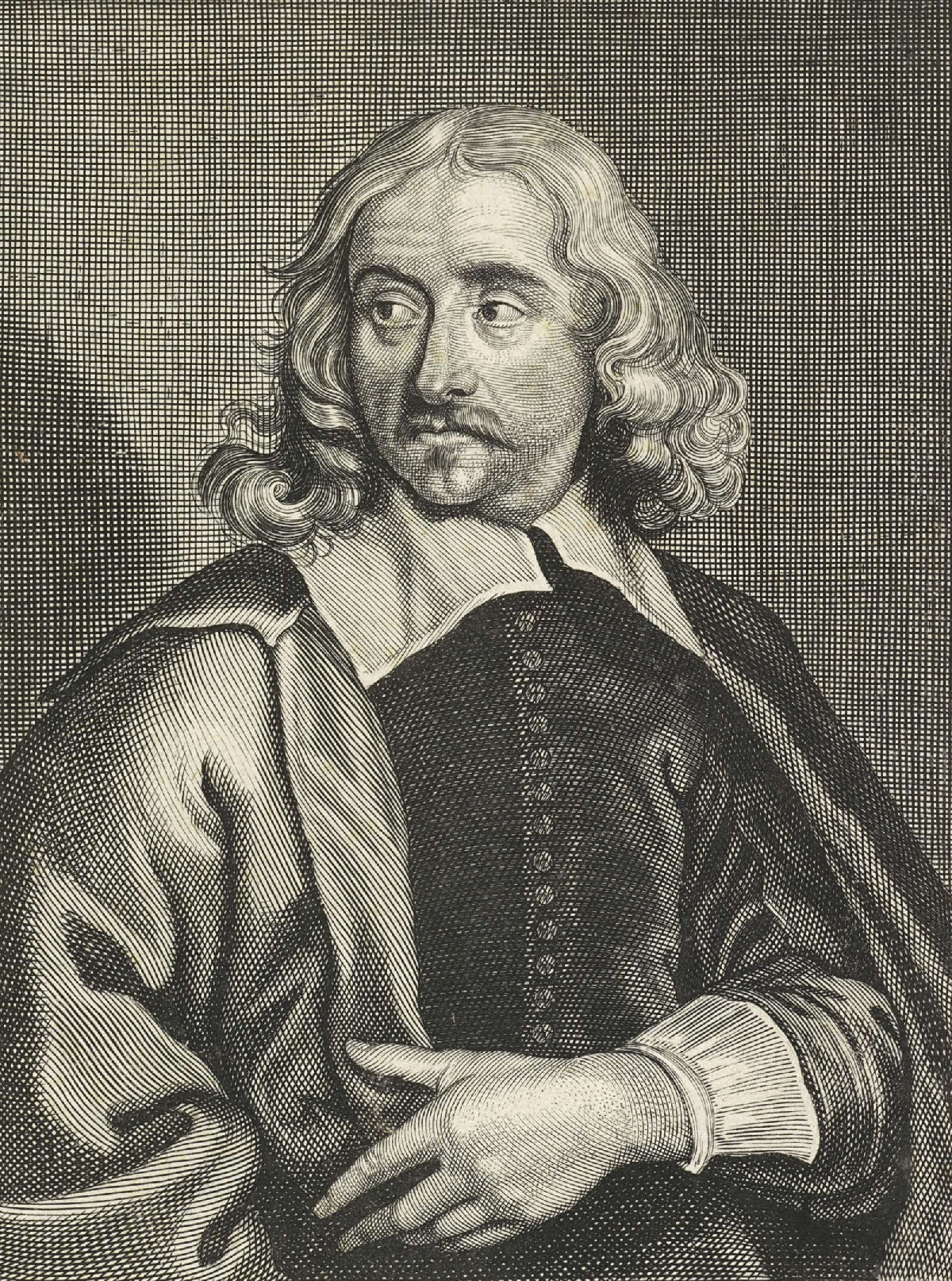
Adriaen van Utrecht was a Flemish painter known mainly for his sumptuous banquet still lifes, game and fruit still lifes, fruit garlands, market and kitchen scenes and depictions of live poultry in farmyards. His paintings, especially the hunting and game pieces, show the influence of Frans Snyders. The two artists are considered the main inventors of the genre of the pronkstillevens, i.e. still lifes that emphasized abundance by depicting a diversity of objects, fruits, flowers and dead game, often together with living people and animals. Van Utrecht also painted a number of flower still lifes. He was a regular collaborator with leading Antwerp painters who had been pupils or assistants of Peter Paul Rubens, such as Jacob Jordaens, David Teniers the Younger, Erasmus Quellinus II, Gerard Seghers, Theodoor Rombouts, Abraham van Diepenbeeck and Thomas Willeboirts Bosschaert.

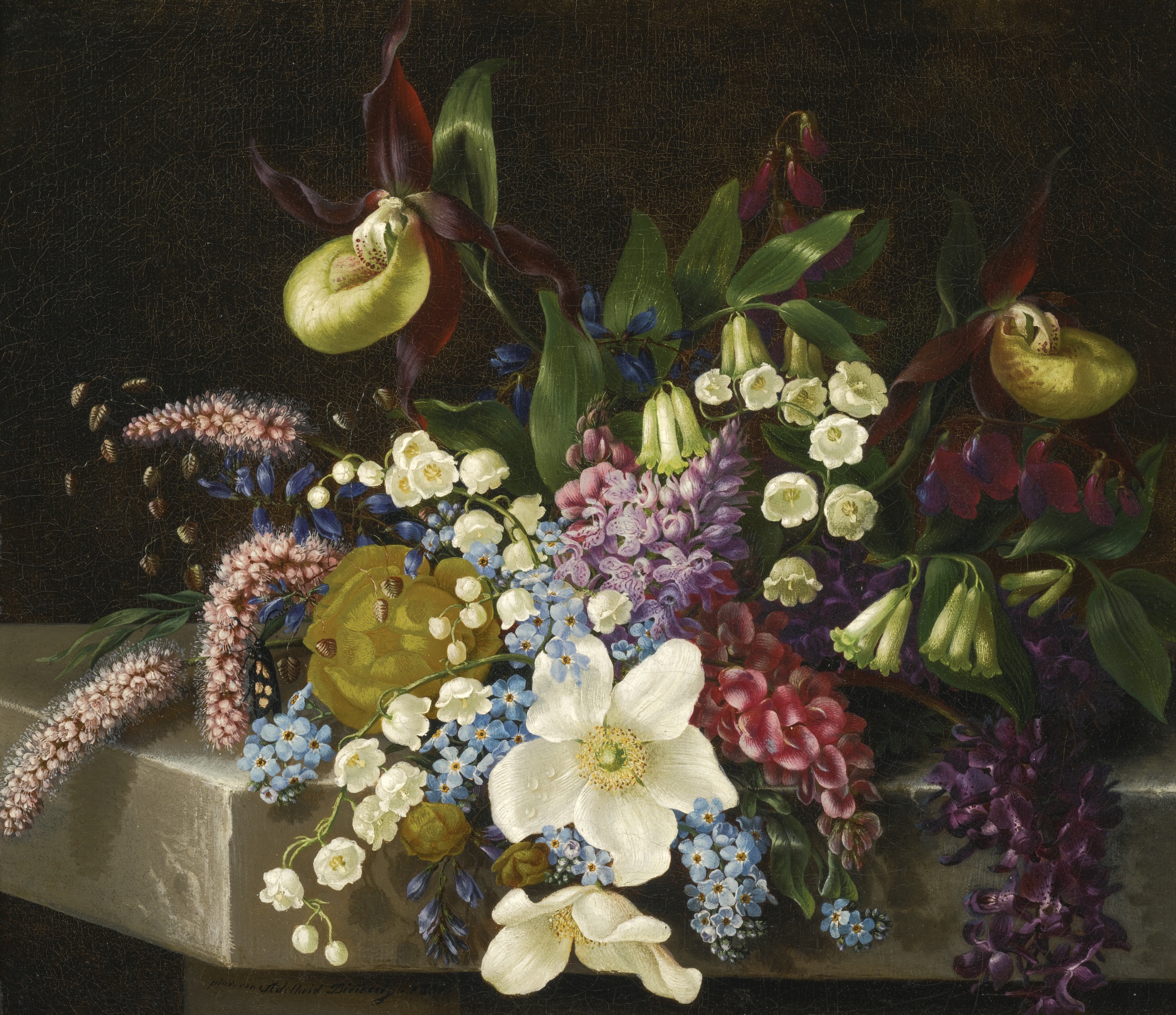
Adelheid Dietrich was a German floral artist.
Adelheid Dietrich's paintings in the style of 17th century Dutch floral painting are remarkable for their extraordinary precision. She has exhibited her paintings in Dresden, Berlin, Bremen and Kassel.

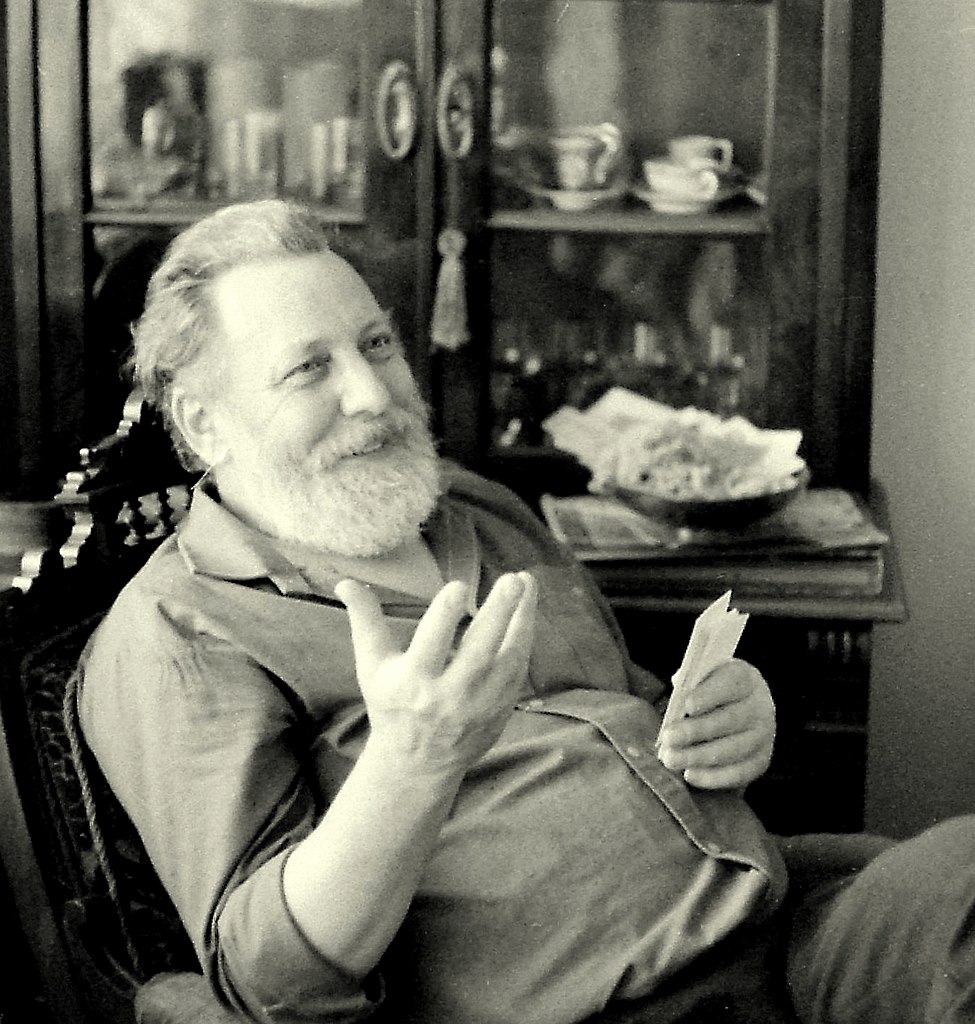
Kurt-Hermann Kühn is a German painter and graphic artist. He trained as a decorator and studied from 1946 to 1952 at the Academy of Graphic Arts and Printing in Leipzig and in Berlin at the Academy of Fine and Applied Arts.
Kurt-Hermann Kühn travelled to Syria and Egypt. These journeys are reflected in many of his paintings. In addition to his extensive painting and graphic work, he created many large-format murals, mainly frescoes. His portraits of women and erotic drawings have also attracted much critical attention.

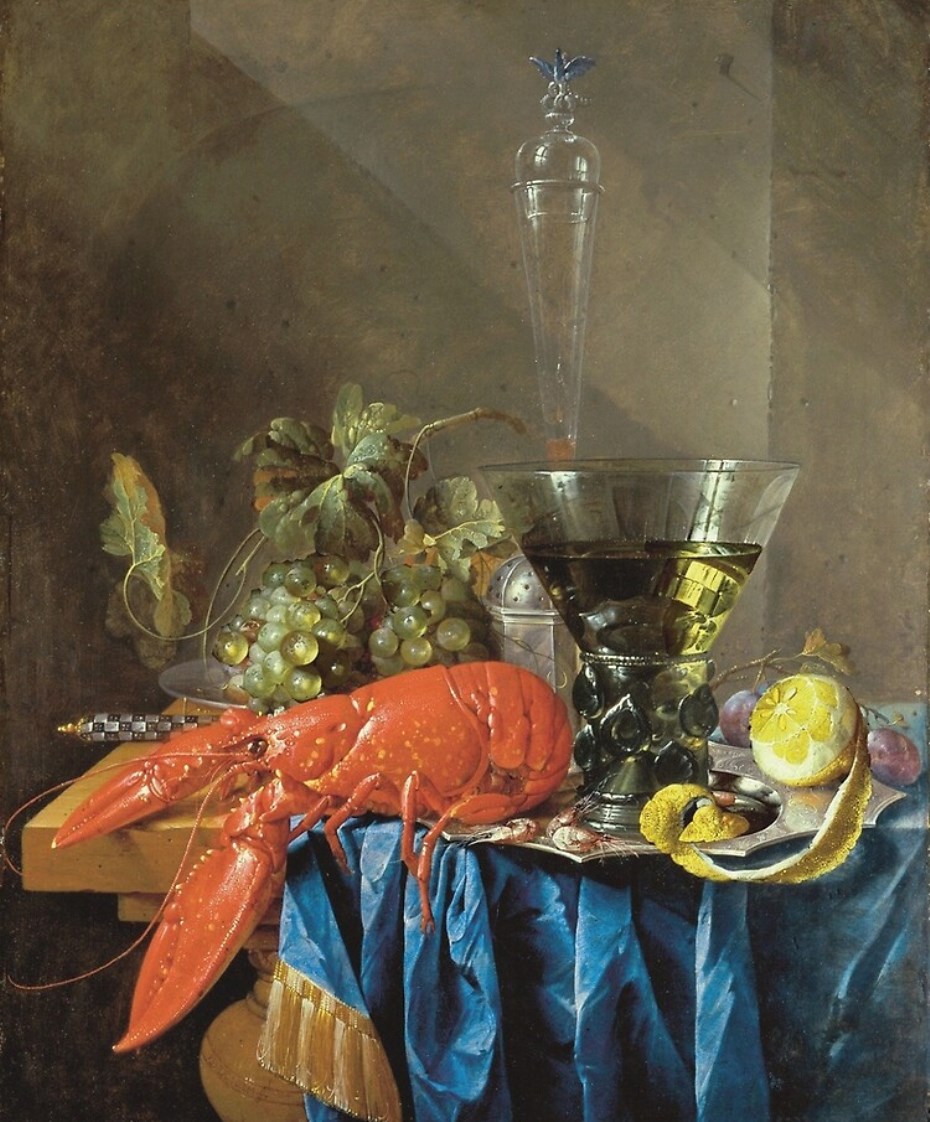


Lovis Corinth was a German artist and writer whose mature work as a painter and printmaker realized a synthesis of impressionism and expressionism.
Corinth studied in Paris and Munich, joined the Berlin Secession group, later succeeding Max Liebermann as the group's president. His early work was naturalistic in approach. Corinth was initially antagonistic towards the expressionist movement, but after a stroke in 1911 his style loosened and took on many expressionistic qualities. His use of color became more vibrant, and he created portraits and landscapes of extraordinary vitality and power. Corinth's subject matter also included nudes and biblical scenes.

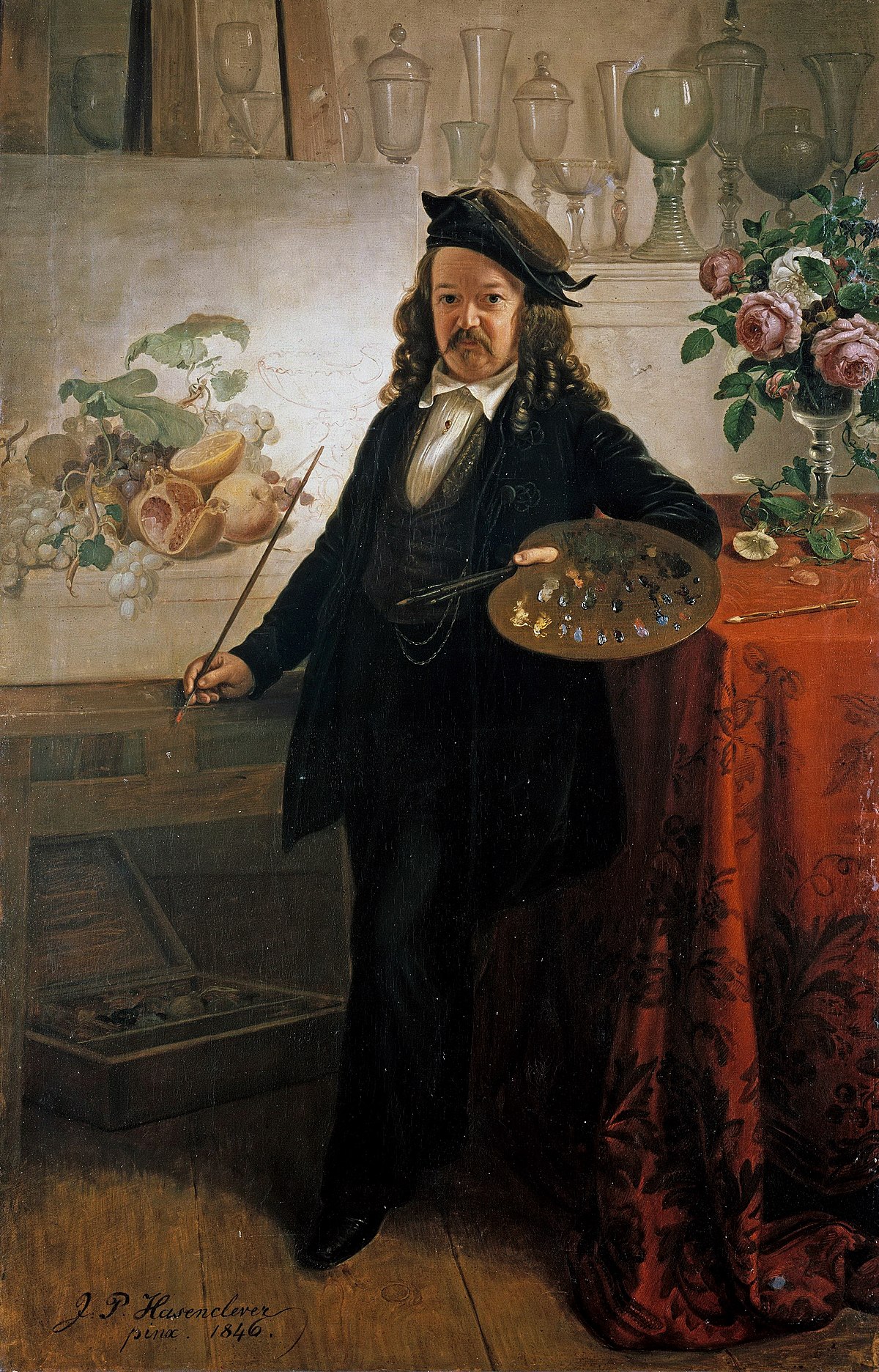
Johann Wilhelm Preyer was a German painter of the second half of the 19th century. He is known as a painter, a representative of the Düsseldorf school of painting.
Preyer specialized in still lifes with flowers and fruit, which were notable for their detailed and meticulous elaboration. He is considered the preeminent painter of this genre of his era. His work is common in the United States, but there are also important pieces in the Berlin National Gallery and other German museums.
Preyer was one of the first representatives of the Düsseldorf School and was instrumental in founding the Düsseldorf Artists' Association.


Johann Wilhelm Preyer was a German painter of the second half of the 19th century. He is known as a painter, a representative of the Düsseldorf school of painting.
Preyer specialized in still lifes with flowers and fruit, which were notable for their detailed and meticulous elaboration. He is considered the preeminent painter of this genre of his era. His work is common in the United States, but there are also important pieces in the Berlin National Gallery and other German museums.
Preyer was one of the first representatives of the Düsseldorf School and was instrumental in founding the Düsseldorf Artists' Association.

